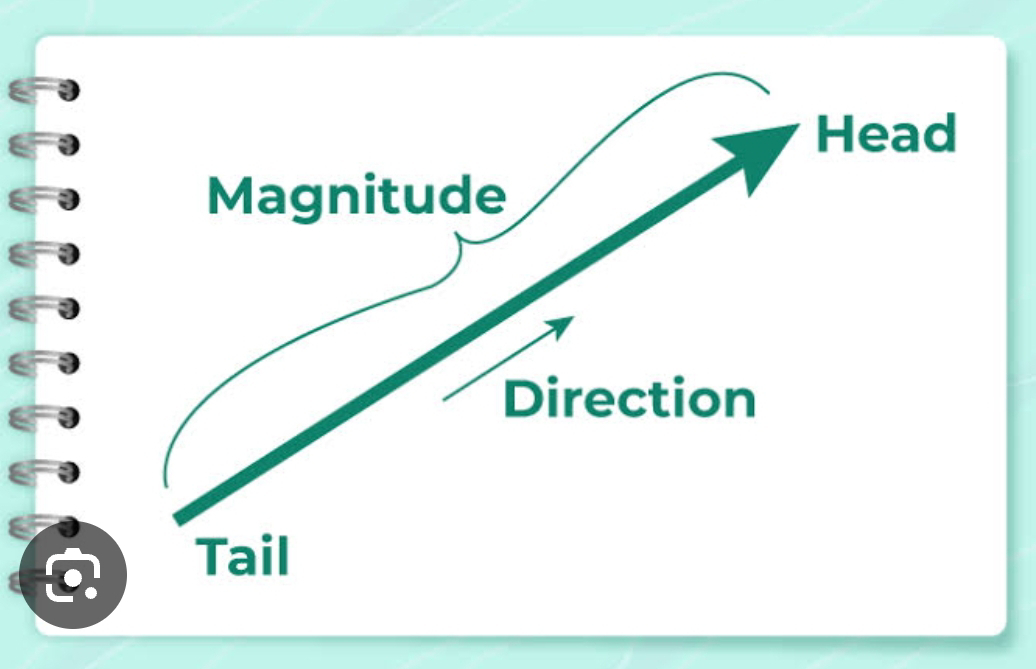JSS 2: ENERGY

Energy is the ability to do work. It exists in various forms and can be transferred or transformed from one form to another. Energy is essential in every aspect of life and drives all processes in nature and technology. Types of Energy 1. Mechanical energy 2. Thermal (Heat) energy 3. Chemical energy 4. Electrical energy 5. Nuclear (Atomic) energy 6. Sound energy 7. Light energy Mechanical energy Mechanical energy is the energy that is possessed by an object due to its motion or due to its position. Types of mechanical energy The two types of mechanical energy are: 1. Kinetic Energy Kinetic energy is the energy of a moving object. The S.I. unit of kinetic energy is joules (J) Formula: K.E. = ½mv² where: m= mass (kg), v = velocity (m/s). Example: (i) What is the Kinetic energy of a 1500 kg car going at a speed of 14 m/s? Solution: K.E. = ½mv² m=1500kg, v=14m/s K.E=½ x 1500 x 14² = 147,000J (ii) What is the velocity of a 1000 kg car if ...













